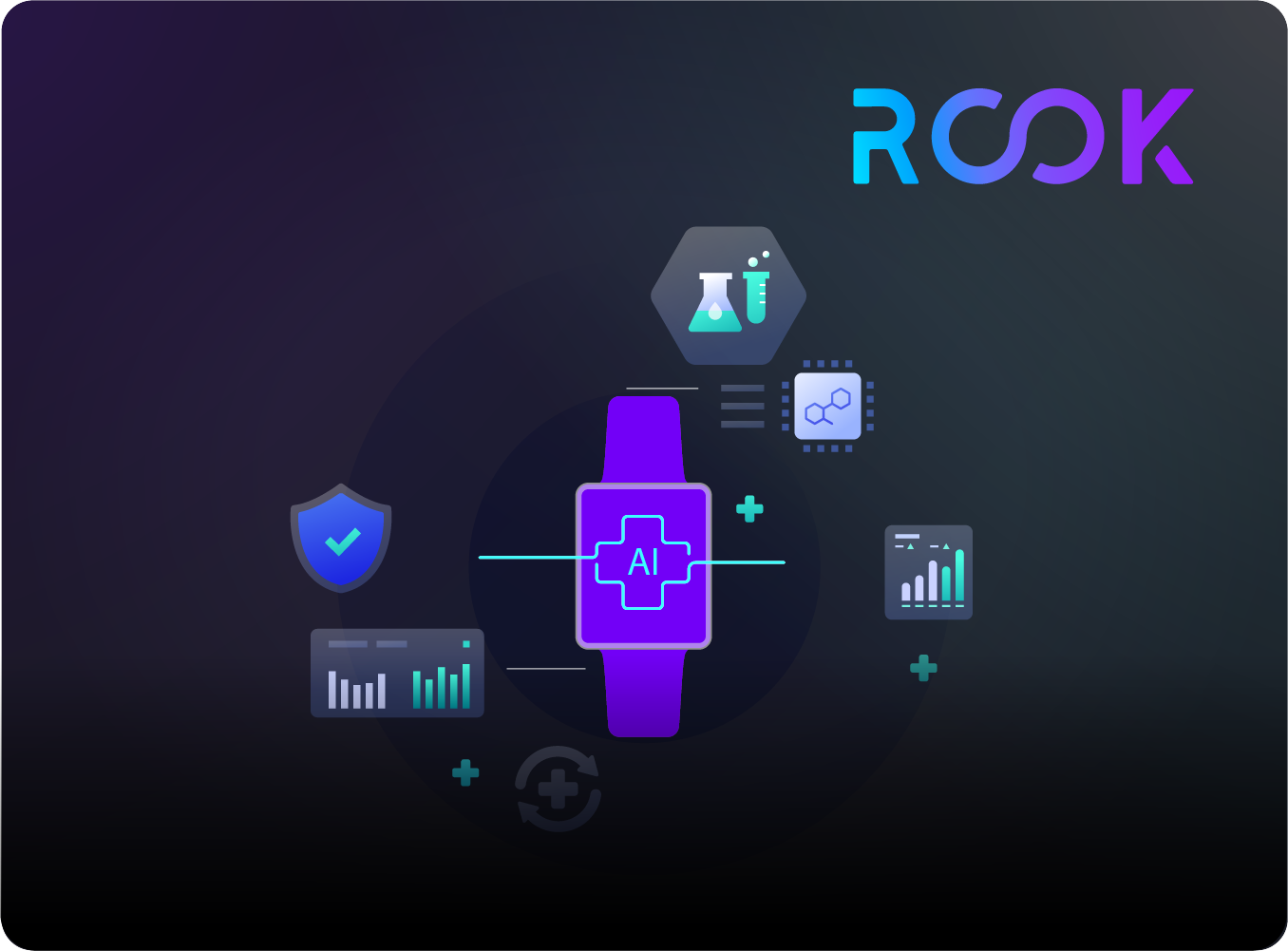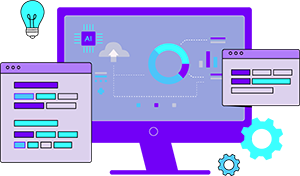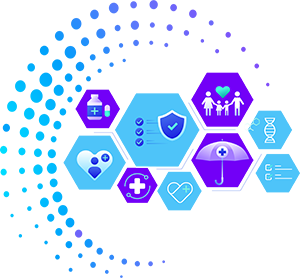AI and Wearable Data: Turning Sensor Signals into Regulatory-Grade Evidence for Pharma
The pharmaceutical industry is entering a new era where real-world data is becoming as valuable as traditional clinical trial data. Among the fastest-growing sources of this real-world evidence are wearable devices—smartwatches, rings, patches, and biosensors that collect continuous, real-time biometric information.
However, while wearables generate enormous volumes of data, raw data alone is not useful for regulatory decision-making. For pharma teams to rely on these signals, wearable data must reach a level of accuracy, consistency, and reliability that aligns with regulatory expectations.
This is where artificial intelligence (AI) plays a transformative role. By filtering, interpreting, and standardizing wearable data, AI can convert noisy, heterogeneous data streams into regulatory-grade evidence suitable for clinical trials, post-market surveillance, and digital biomarker development.
Below, we explore how AI closes this gap and why it represents one of the most important advancements in pharma innovation.
1. From Raw Wearable Data to Structured Insights
Wearable devices collect data from multiple sensors and in a variety of formats. Each manufacturer uses different algorithms and measurement methods, which creates fragmentation.
AI solves this fragmentation by:
Cleaning and validating incoming data
Standardizing metrics across device types
Filling gaps caused by signal loss or missing data
Filtering noise from movement artifacts, battery events, and sensor misreads
This normalization step is essential. Without it, pharma cannot compare biometric signals across subjects or devices—a critical requirement for reducing trial variability and meeting regulatory standards.
2. AI Enhances Accuracy and Reliability
Regulatory-grade evidence demands high accuracy. Wearable sensors, however, are susceptible to noise and real-world variability.
AI algorithms improve data quality through:
Advanced signal processing to correct inaccuracies
Calibration models that adjust for differences between devices
Context-aware adjustments (e.g., posture, motion, temperature)
Anomaly detection to flag questionable readings
As a result, datasets become far more reliable, approaching the consistency needed for FDA and EMA submissions.
3. AI Enables Development of Digital Biomarkers
One of the most valuable contributions of AI to pharma is the creation of digital biomarkers—quantifiable physiological and behavioral signals derived from continuous sensor data.
These biomarkers can measure:
Early indicators of disease progression
Treatment response
Medication adherence
Patient-reported outcomes (PROs) using passive data
AI models can detect subtle patterns that humans or traditional tools would miss, unlocking new endpoints for clinical research.
This enables pharma companies to:
Design more efficient trials
Monitor participants remotely
Reduce site visits
Improve patient retention
Capture more meaningful health signals in real time
4. Supporting Regulatory Compliance Through AI
Regulators increasingly expect that digital tools used in trials follow strict guidelines for:
Data integrity
Transparency
Traceability
Sensor validation
Algorithm documentation
AI systems can help meet these standards by:
Maintaining audit trails
Generating explainable models (XAI)
Ensuring consistent transformations across participants
Monitoring data drift during long trials
Providing device-agnostic comparability
With the right AI infrastructure in place, wearable data can meet the quality thresholds required for regulatory submission packages.
5. Accelerating Real-World Evidence Generation
Beyond clinical trials, AI-processed wearable data is becoming a critical element in post-market surveillance and longitudinal patient monitoring.
AI helps pharma teams:
Identify safety signals earlier
Understand long-term treatment effects
Monitor patients between visits
Build real-time health profiles
Support value-based care and reimbursement models
This shift enables pharma to move from episodic data collection to continuous evidence generation, which regulators increasingly encourage.
6. What This Means for the Future of Pharma
The combination of wearables + AI + regulatory frameworks is creating a new landscape for drug development. Pharma companies that adopt AI-ready wearable data pipelines will gain a competitive advantage by:
Running faster, more efficient trials
Capturing more meaningful patient data
Reducing trial costs
Improving safety and adherence monitoring
Accelerating digital biomarker validation
The next decade will likely see wearable-derived evidence integrated into even the most rigorous regulatory pathways, supported by AI systems that ensure high-quality, trustworthy data.
Conclusion
Wearable devices are unlocking continuous, real-world insights into human health—but only AI can elevate this information to regulatory-grade evidence that pharma teams can trust.
From data cleaning and standardization to digital biomarker development and regulatory compliance, AI is the key enabler that transforms messy, fragmented sensor data into meaningful signals for clinical and scientific decision-making.
As the industry moves toward decentralized trials, digital endpoints, and preventive care, AI-powered wearable data will become indispensable for shaping the future of medicine.







